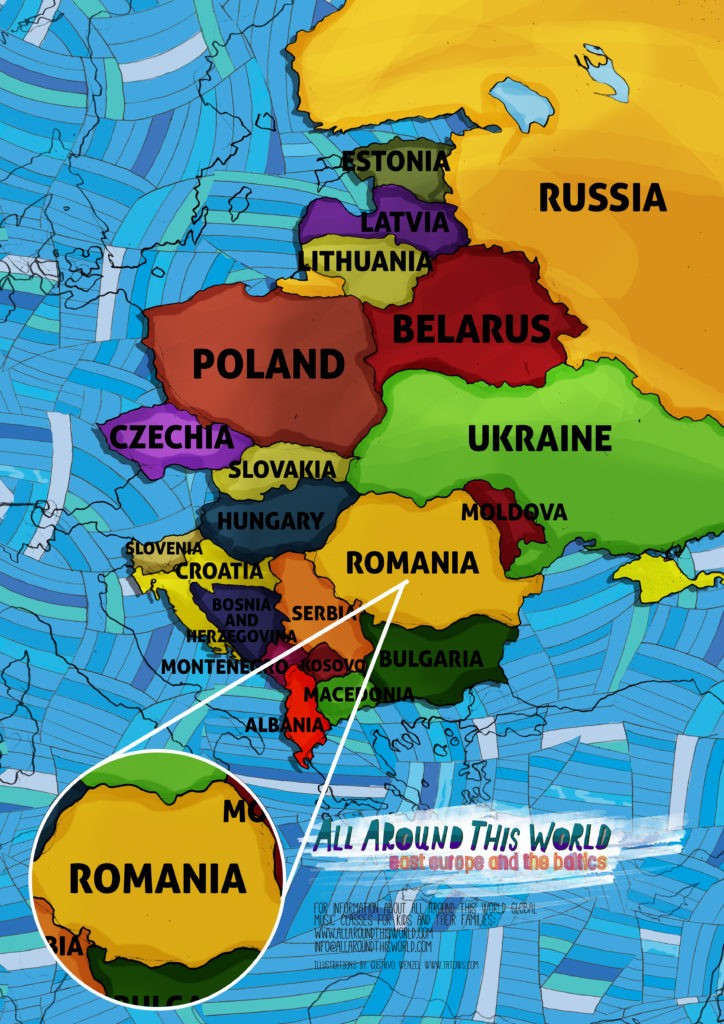…and speaking of bands from Romania that don’t slouch, Fanfare Ciocarlia is AWESOME.
Fanfare Ciocărlia is another Romani band from the exceptionally talent-rich Carpathian mountain village of Zece Prajin (population 400). This high-energy brass band that plays music from Romani, Romanian, Turkish, Bulgarian, Serbian and Macedonian styles, and also incorporate music from Hollywood and Bollywood. The band started as a loose assortment of musicians who performed at weddings and baptisms. After you watch this video, I guarantee you’ll want to hire them.


